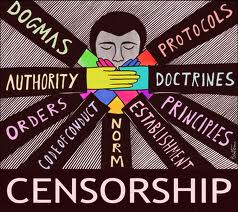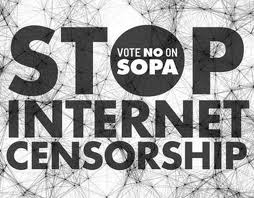 DonorDreams blog is honored to be hosting the May 2013 Nonprofit Blog Carnival. The theme this month is “Dear board volunteer . . .” and the idea is “If you could write an anonymous letter to a nonprofit board about something they do that drives you crazy, what would that letter look like and what suggested solutions would you include?” If you are a blogger and would like more information on how to participate and submit a post for consideration, please click here to learn more.
DonorDreams blog is honored to be hosting the May 2013 Nonprofit Blog Carnival. The theme this month is “Dear board volunteer . . .” and the idea is “If you could write an anonymous letter to a nonprofit board about something they do that drives you crazy, what would that letter look like and what suggested solutions would you include?” If you are a blogger and would like more information on how to participate and submit a post for consideration, please click here to learn more.
I wanted to expand the Nonprofit Blog Carnival concept in May. So, I reached out to real non-profit people and asked them to also write an anonymous letter to their board volunteers. These folks are executive directors, fundraising professionals, board members, donors, community volunteers, consultants and front line staff. I promised everyone anonymity in exchange for their submissions.
We will celebrate May’s Nonprofit Blog Carnival on Wednesday, May 29, 2013. In the meantime, I hope you enjoy this real look at real issues that our community deals with on a daily basis.
Here is today’s letter:
Dear Board Members,
The Board Development Committee has presented three potential board members for your consideration at the next meeting. Each of the candidates lives/works within our service area and brings particular experience/expertise to the board. Each of them has been recommended by one or more of you. But before the vote is taken, I would like you to consider the questions I believe need to be asked of potential board members and should be asked periodically of all board members.
1. Why do you want to be on our board? Looks good on your resume’? Want to ‘give back’ to the community? Know someone who needs our services? Used our services? All of these are good reasons but, I really want you to turn your initial reason into an informed commitment. Be honest with yourself and with us about the level of your interest and your commitment.
2. Are you willing to ASK? Let’s be honest—are your willing to use your contacts for the good of the organization? ASK your friends, family, and business partners to share their time, energy and money to benefit this organization just as you do? If you are shy about ASKing…..will you share the info so that others can make the contacts?
3. Can you take the HEAT? Board members are ultimately responsible for the stability and success of the organization. Will you devote the time necessary to hiring and evaluating a qualified Director? Will you be involved in and responsible for all financial policies/decisions and evaluate how well the organization is meeting the service needs of the community? And, if trouble should come, are you prepared to stand by and speak up on behalf of the organization?
4. Are you prepared to JUST DO IT? Decide what you can do –serve on a committee—attend meetings—participate in the discussion—contribute to fundraising and friendraising. And if and when you decide you cannot fulfill a particular commitment let the board president know as soon as possible.
We depend on you to do what you say you are going to do.
Sincerely,
Your number one fan and biggest supporter
If you have some advice for the author of our anonymous letter, please share it in the comment box at the bottom of this post in a respectful manner. If you want to submit an anonymous letter for consideration this month, please email it to me at the address in your signature block below. If you are a blogger looking to participate in this month’s Nonprofit Blog Carnival and want to learn more, then please click here.
Here’s to your health!
Erik Anderson
Founder & President, The Healthy Non-Profit LLC
www.thehealthynonprofit.com
erik@thehealthynonprofit.com
http://twitter.com/#!/eanderson847
http://www.facebook.com/eanderson847
http://www.linkedin.com/in/erikanderson847




























